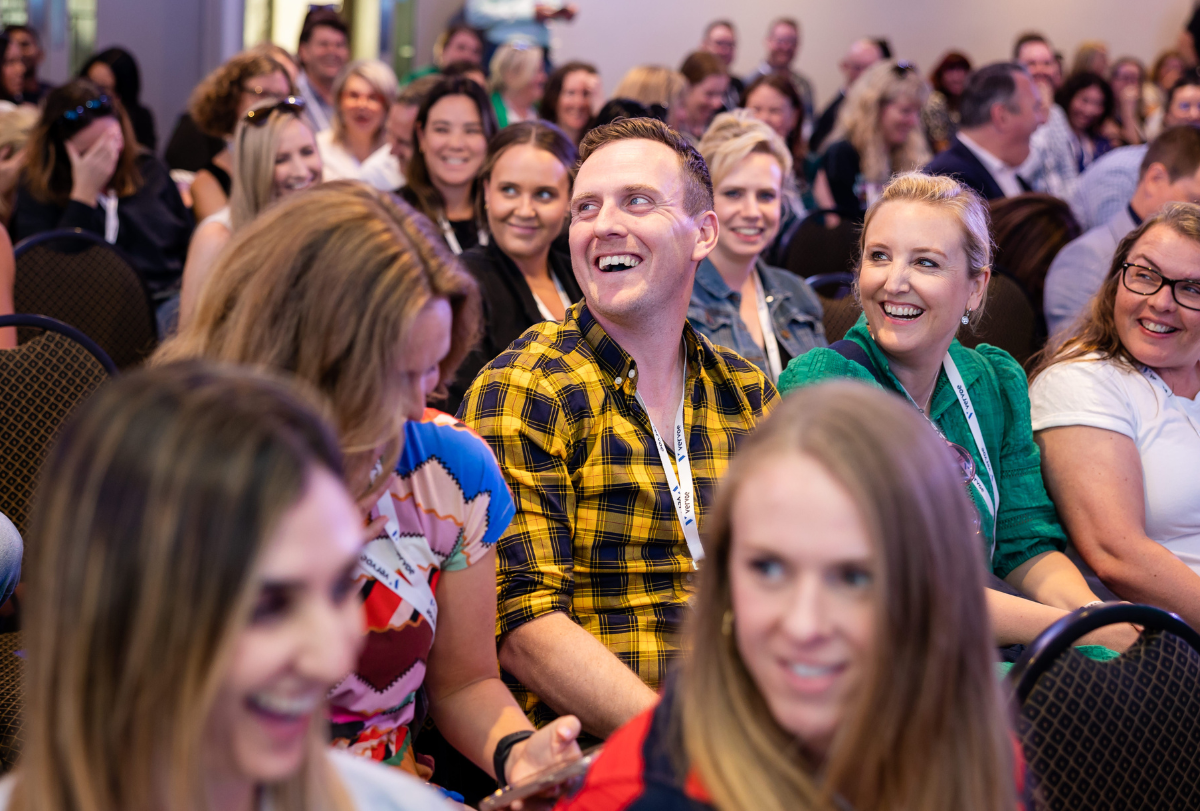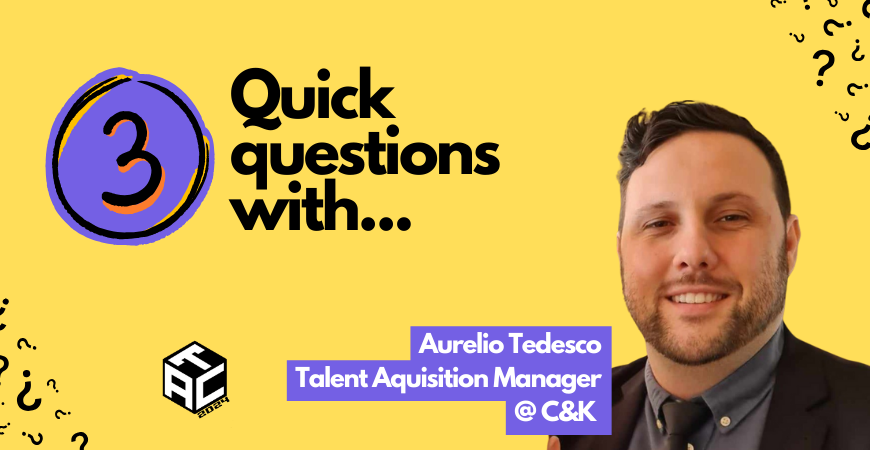Organisations understand the value of having a diverse workforce and want to achieve diversity and inclusion. But despite their efforts, they still struggle to create significant change.
Firstly, why does diversity even matter?
There is a strong business case for diversity. McKinsey report that companies that embrace gender diversity are 15 per cent more likely to financially outperform their counterparts and ethnically diverse companies will outperform those that aren’t by 35 per cent.
Having a team of people who think differently from each other and offer varying perspectives also means you’ll likely be more creative and innovative in your problem-solving.
The people case is also pretty strong – if there is an entire group of perfectly qualified people unable to enter or progress within an organisation at the same rate or ease as the majority, due to personal attributes that they can’t change, is that fair? Well, no, and we should do something about it.
So, why do organisations struggle to create change?
Unconscious bias is still prevalent in the recruitment process, from screening candidates to interviewing and selecting final candidates. To tackle unconscious bias, many organisations have adopted measures such as blind recruitment.
Blind recruitment is the process in which personally identifiable information such as name, gender, age, ethnicity, sexual orientation, accessibility requirements get redacted from a candidate application. The idea is that, because bias is so deeply ingrained in us humans, redacting personal information in the initial screening stages means that candidates are shortlisted based on skills and experience, irrespective who they are.
Blind auditioning was a success in the Boston Symphony Orchestra audition process in the 1950s and saw a staggering 50 per cent increase in female musicians shortlisted into the final round.
Sounds like the perfect solution to our diversity “problem”!
But the blind audition initially didn’t work because the clicking of heels worn by women gave away their gender and influenced jury members, so they had to take their shoes off.
Oh.
It raises the question, if we need to conceal candidates’ personal information to improve diversity and inclusion, is that in itself… inclusive?
I mean, it is like saying we welcome everyone to our organisation, including you Krona but if your name is Krona there is a chance you may not make it through our recruitment process because of the bias ingrained in us associated with the name Krona, so we will remove your name Krona from your CV just in case. Actually, we will remove everyone’s name from their CVs (cause wouldn’t want to single out Krona), but swear we have no issue, at all, if your name is Krona. In fact, if your name is Krona, we encourage you to please apply for this job!
We will leave that one there.
Many argue that blind recruitment doesn’t eliminate bias; it merely delays it. Because what happens when a candidate’s personal information is revealed, for instance, when they attend an interview? Our bias unconsciously creeps back in.
So, what do organisations do?
Recognising the challenge, more organisations are moving away from trying to tackle unconscious bias and instead adopting consciously inclusive recruitment methods to support them to diversify their workforce.
What is conscious inclusion?
It is going beyond simply being aware of unconscious bias and being intentional about ensuring a diverse range of qualified candidates are represented in the hiring process.
This shift towards conscious inclusion has created a rise in organisations engaging niche and targeted diversity recruitment service providers such as Work180, a job platform tailored to women and CareerTrackers a leading platform to find Indigenous interns, to support them with their inclusive recruitment objectives.
The idea is for organisations to use a variety of niche and mainstream service providers and platforms and tap into their different Talent pools, to ensure they can attract and source a diverse range of qualified candidates.
So, where are we at today?
A 2017 study conducted by the Behavioural Economics Team of the Australian Government (BETA) on the Australian Public Service (APS) shortlisting processes, found that APS officers were more likely to shortlist female candidates. Ethnically minority women were even more likely to be shortlisted.
Wait a minute, people from groups that are underrepresented are actually favoured more now? It is not straight white men hogging all the top jobs and creating boys’ clubs only their kind can enter after all?!
Harvard Business Review was right. We suck at this diversity thing.
Perhaps we have focused on the underrepresentation issue for too long that we have tilted the other way, and now potentially discriminating against… the majority? Is it a bad thing if it is helping create a level playing field?
Let’s break it down.
While the intent might be right, i.e. creating an opportunity for candidates from underrepresented minority groups that have faced disadvantage – if it is not based on skills and experience or unfairly disadvantages another group then it is not inclusive, ethical or legal.
Discrimination is hiring candidates based on personal attributes such as ethnicity, sexual orientation, age or gender, irrespective of their skills and professional experience, leading to other qualified candidates to miss out. Positive discrimination can be described as making an effort to source and hire candidates from underrepresented minority groups (i.e. people who have missed out for a long time) who have the required skills, experience and qualifications.
Tokenism is hiring a small number of people from underrepresented minority groups to improve the optics of diversity within an organisation.
Conscious inclusion is understanding and valuing different backgrounds and experiences and connecting with, interviewing and hiring a diverse range of qualified candidates to achieve a diverse workforce ultimately.
So, now what?
Organisations need to care about diversity and inclusion, and I mean really care.
Efforts to hire a more diverse workforce need to be complemented with an inclusive culture where everyone is respected, valued and can contribute.
Many organisations often share about the number of interns from minority groups they have hired and retained in the past year or the gender diversity breakdown of their leadership team – but it begs the question, what is the experience of said interns or said individuals in leadership positions? Are they being included? Are they getting paid equally? Are they being afforded the same opportunities and progressing at the same rate as the majority?
In a 2019 report by Culture Amp, they suggest that employees from underrepresented minority groups experience the workplace in a much less positive way.
The real success measure of diversity and inclusion is not just about metrics or numbers, but ultimately a fair and equal employee experience for all employees irrespectively of their attributes.
We will conclude with this:
Blind recruitment has benefits, but it is not the whole solution to inclusion. Conscious inclusion is a step forward; however, it should never be discriminative or tokenistic.
The real success measure of diversity and inclusion is ultimately about the employee experience, and ensuring it is equal for all.
Cover image: Shutterstock
This article is contributed by DivTal.
Become an unstoppable force for good at this year’s ATC2020 DIGITAL. Tickets on sale now, see you online!





























